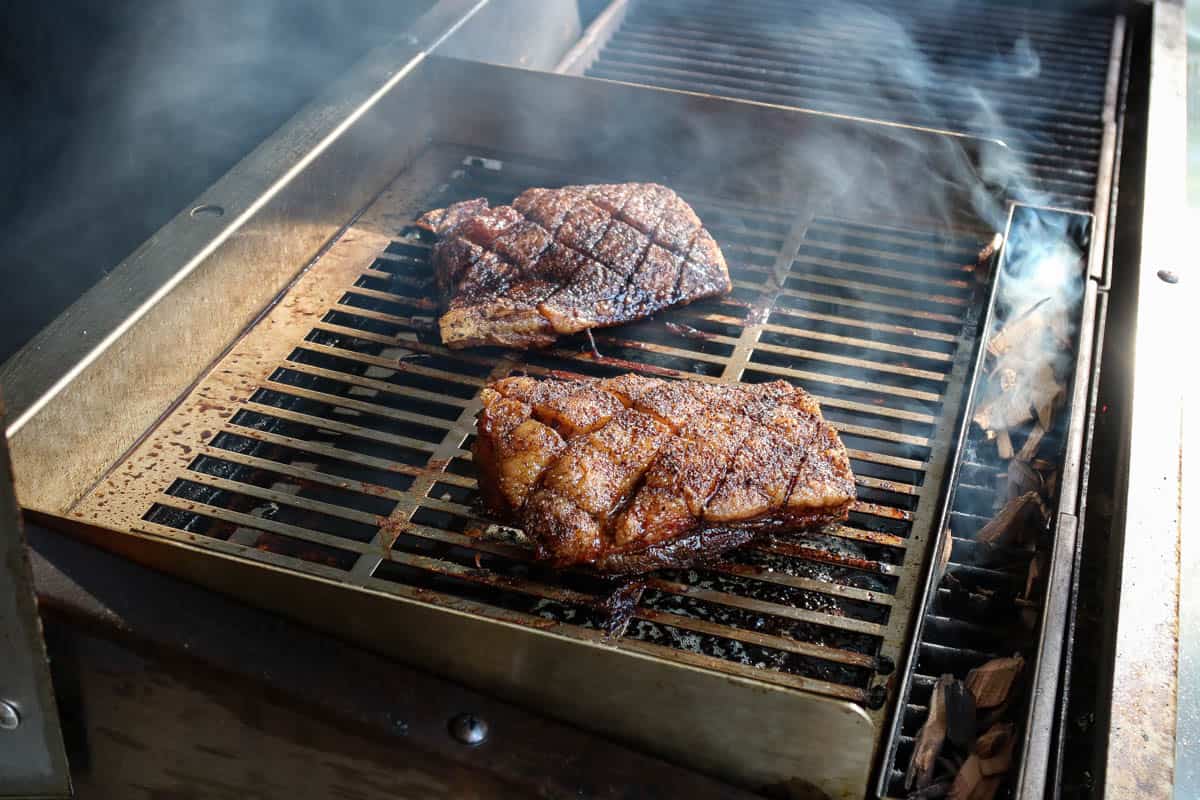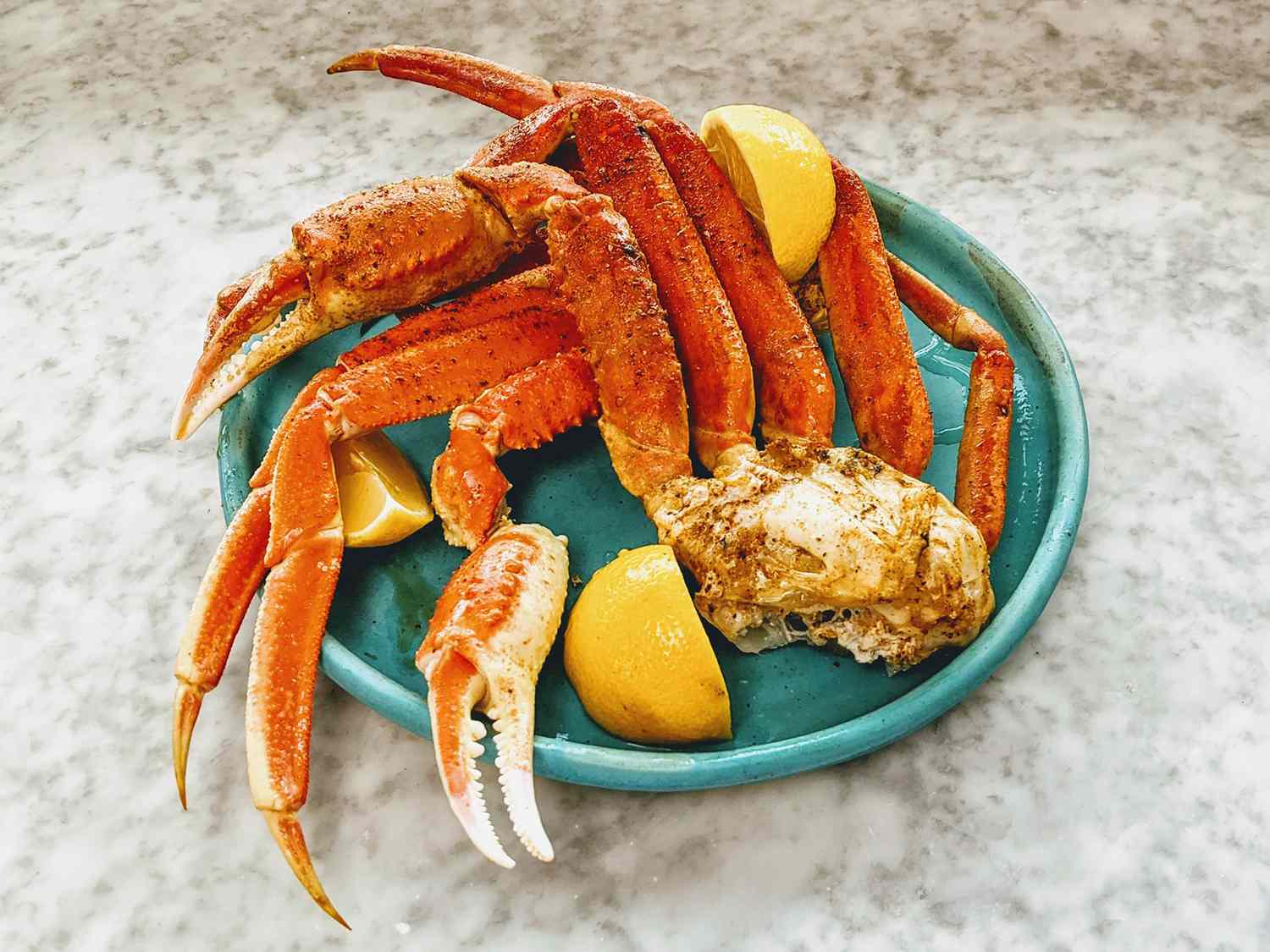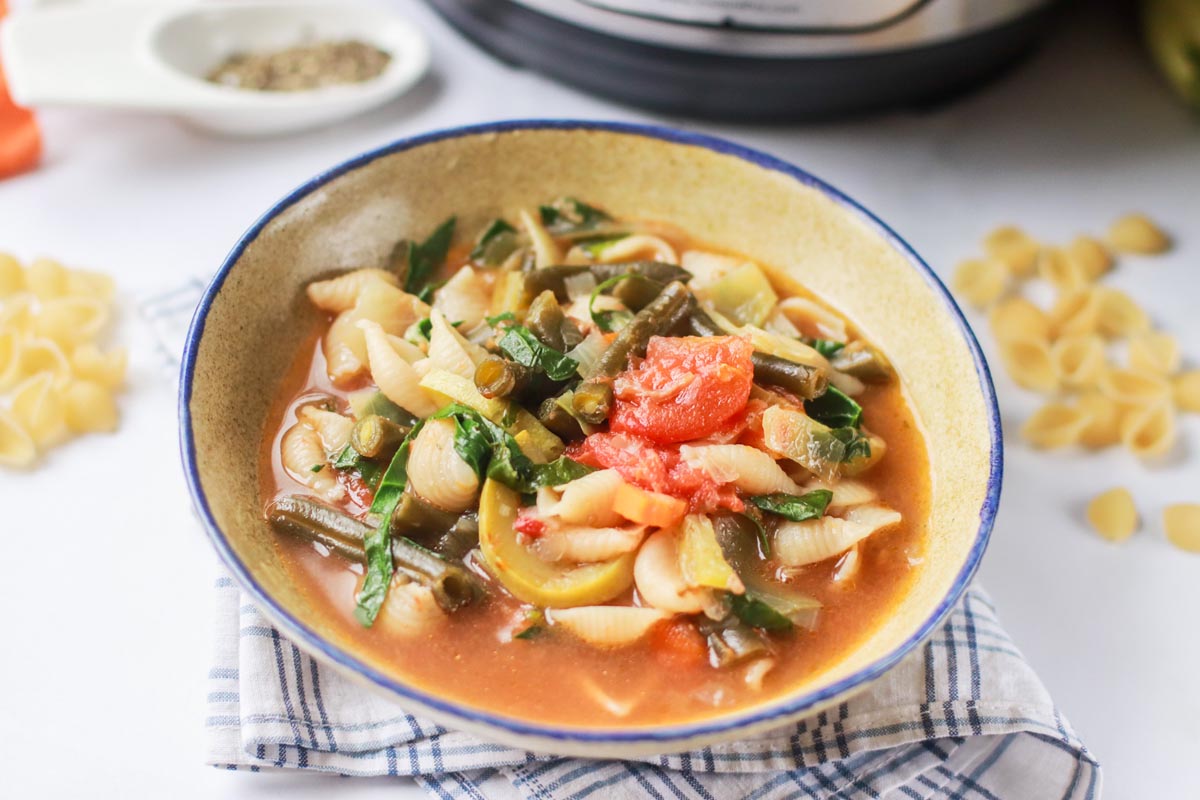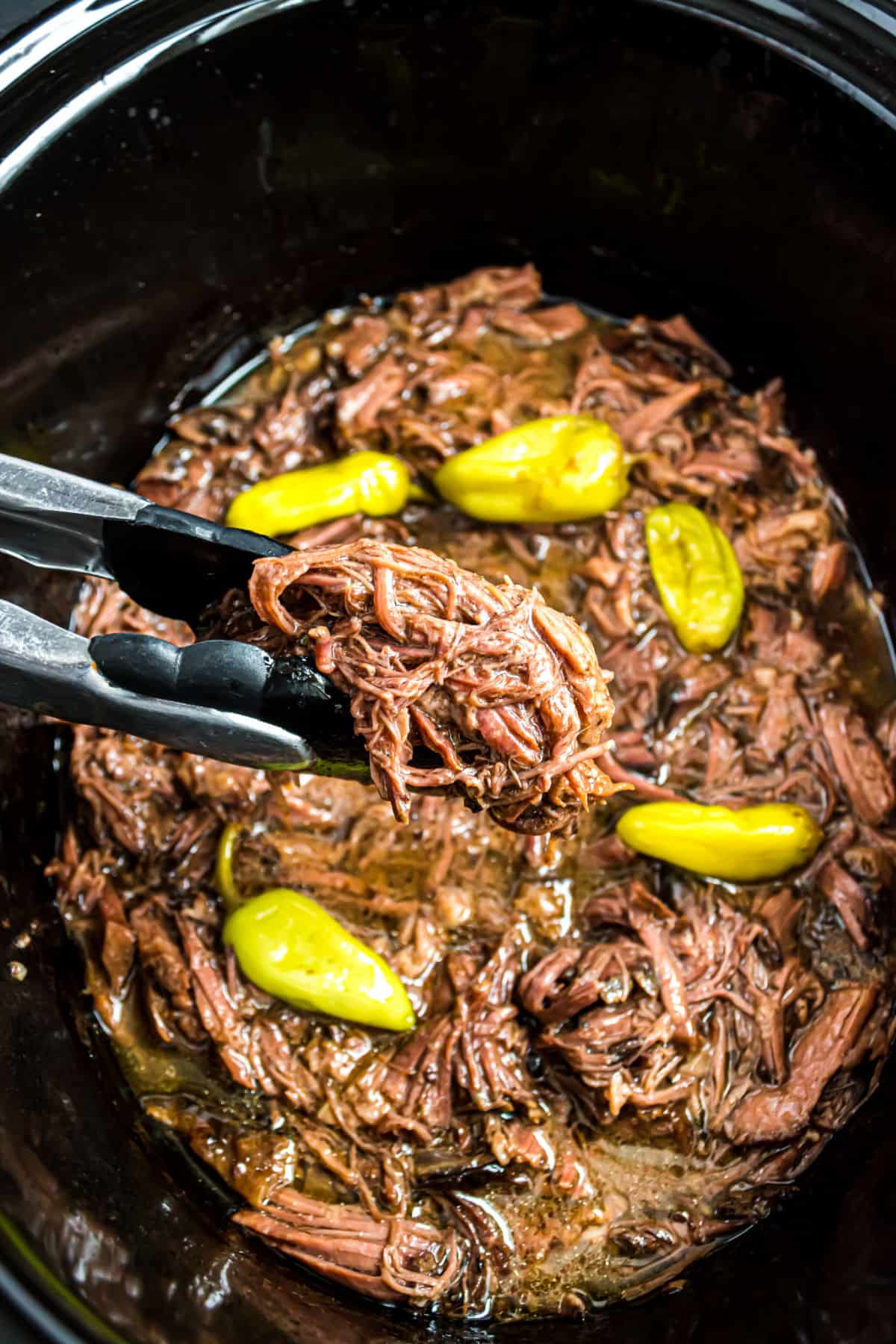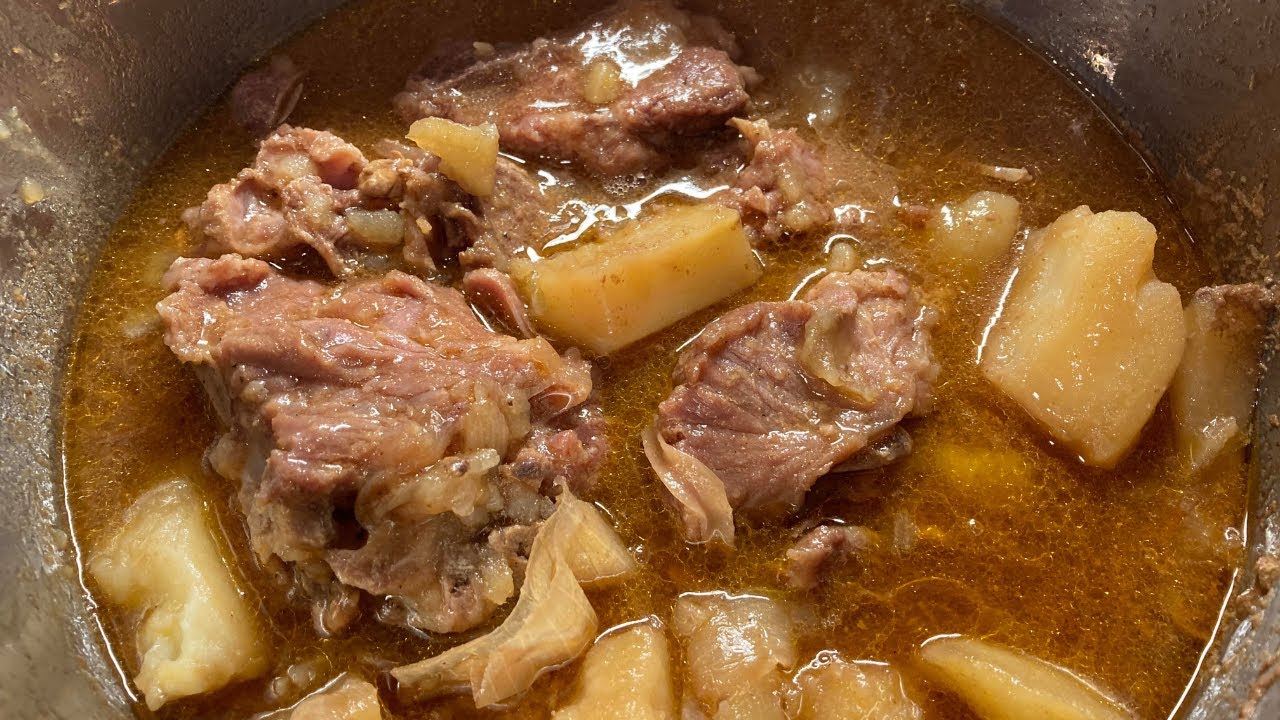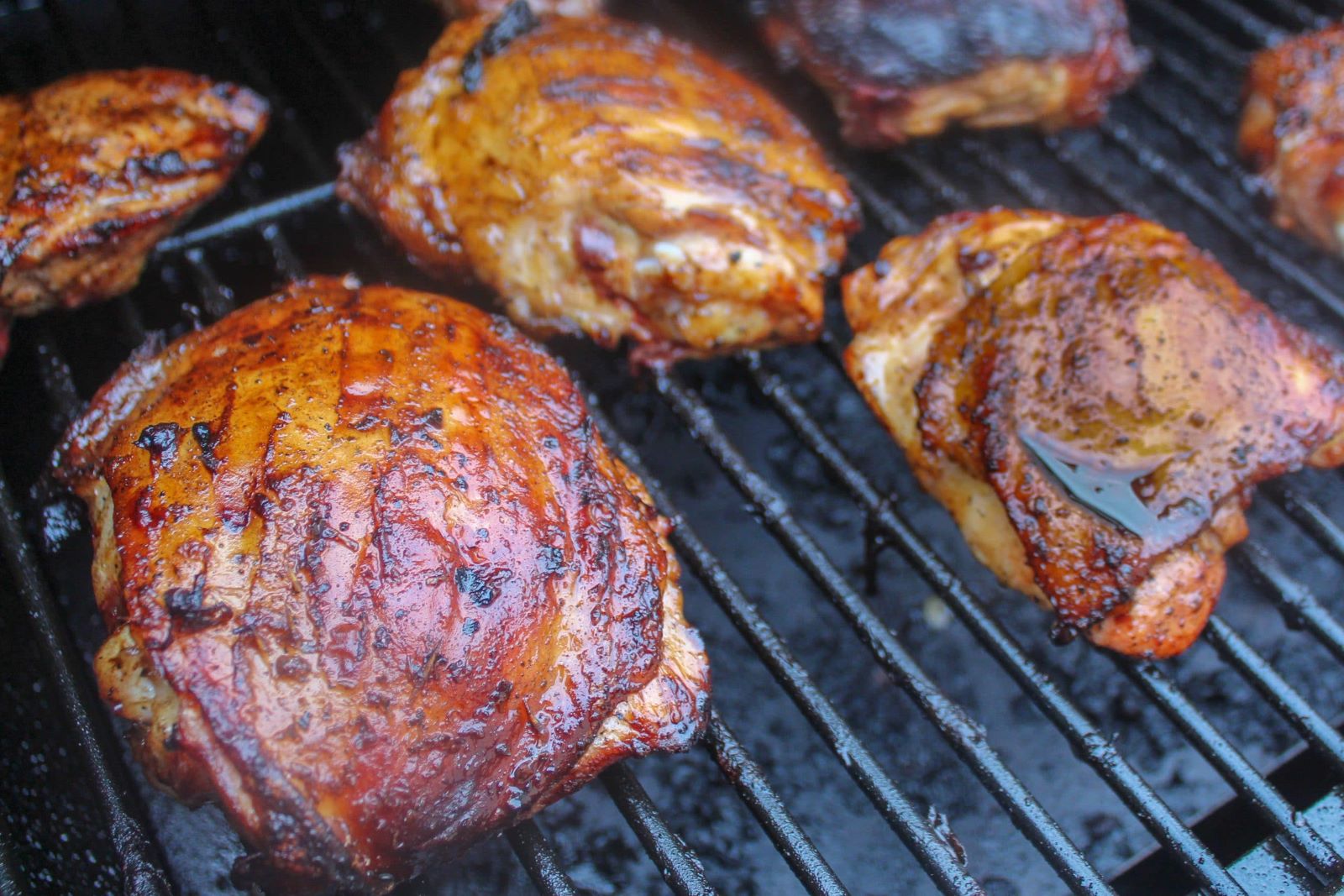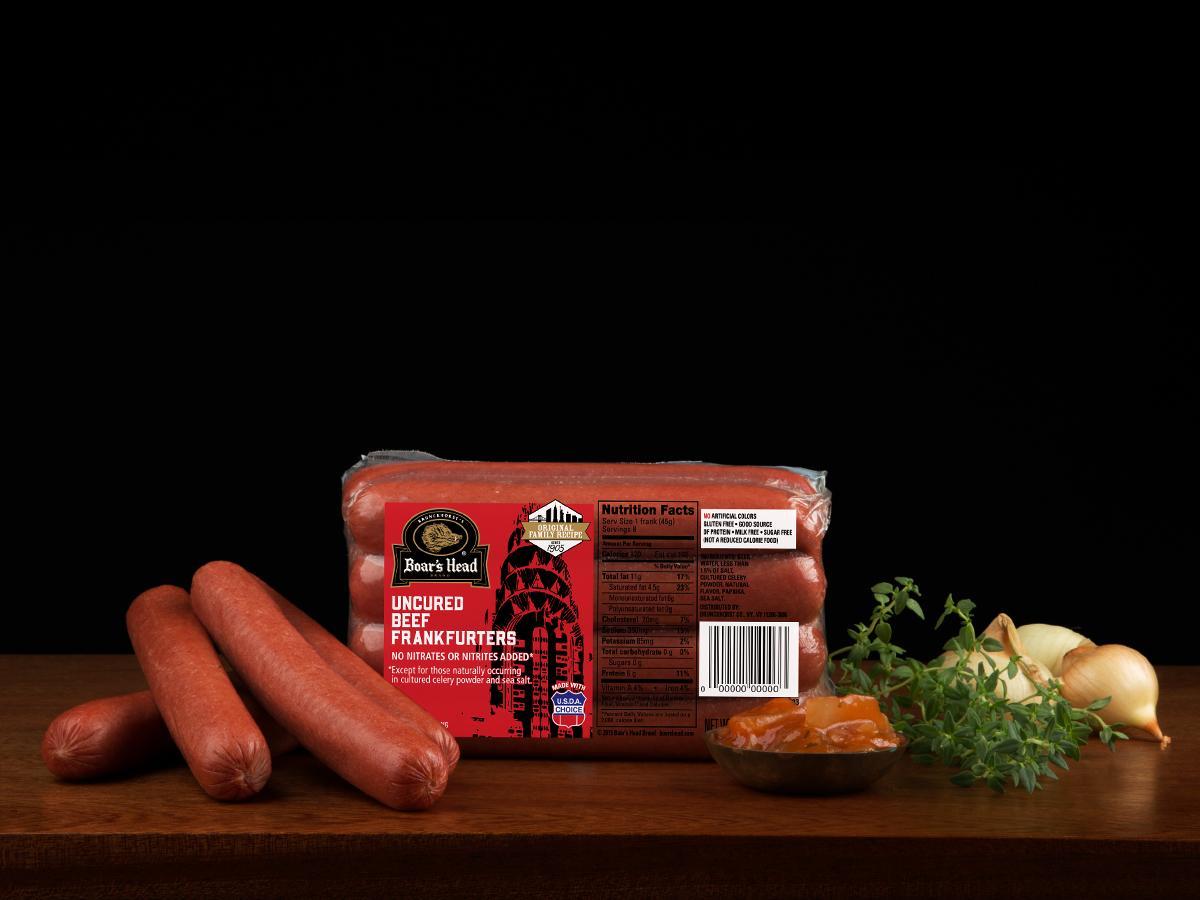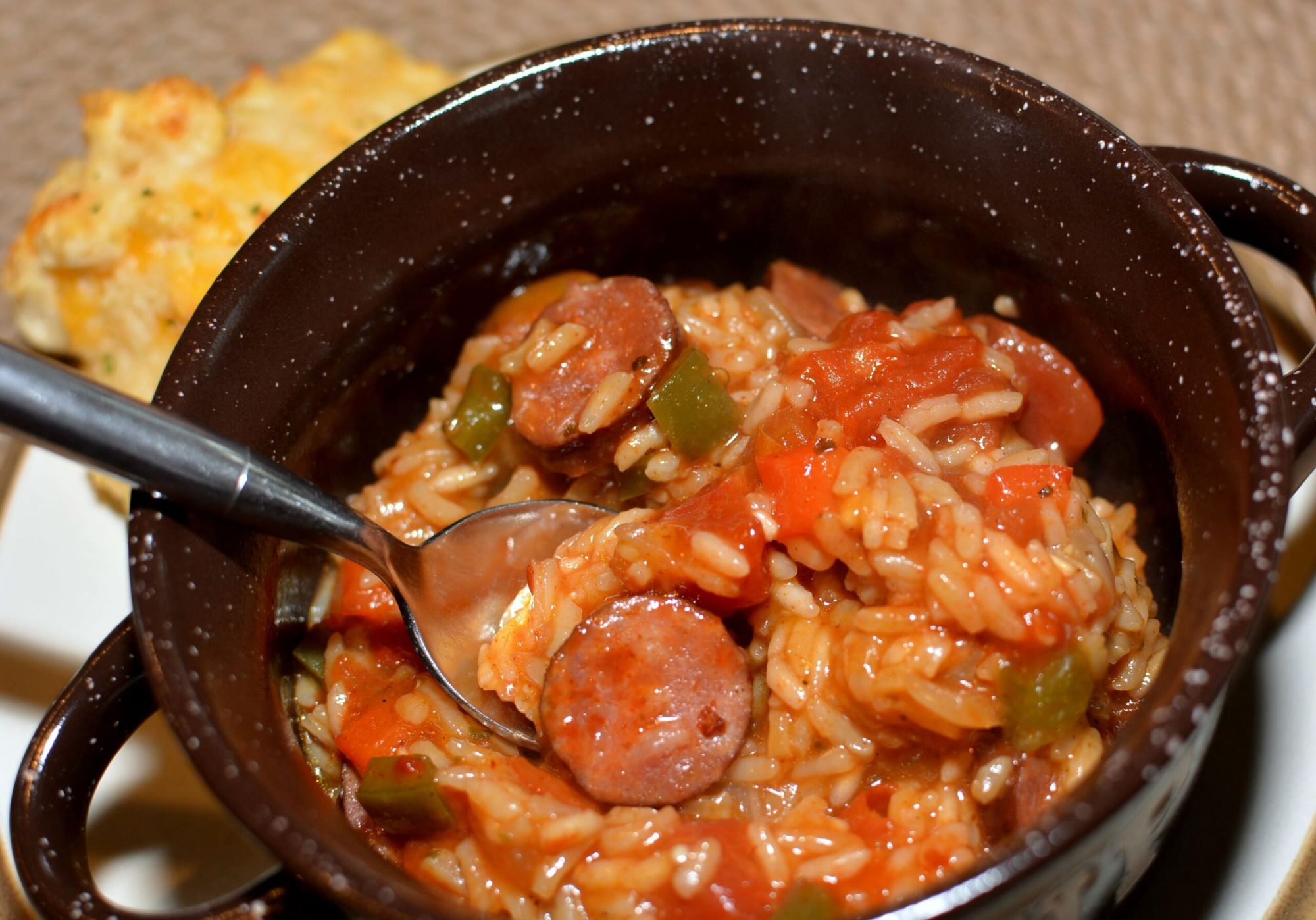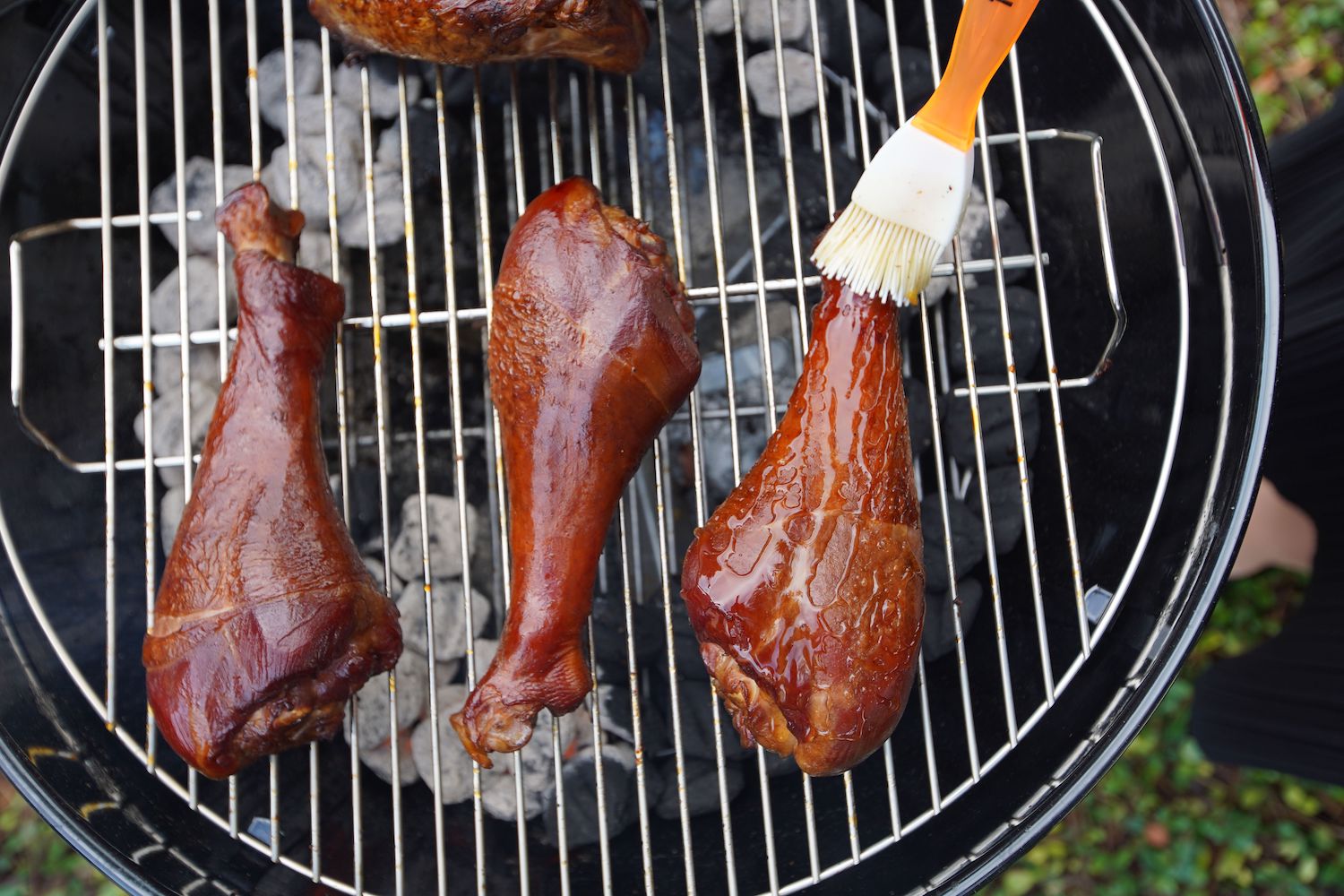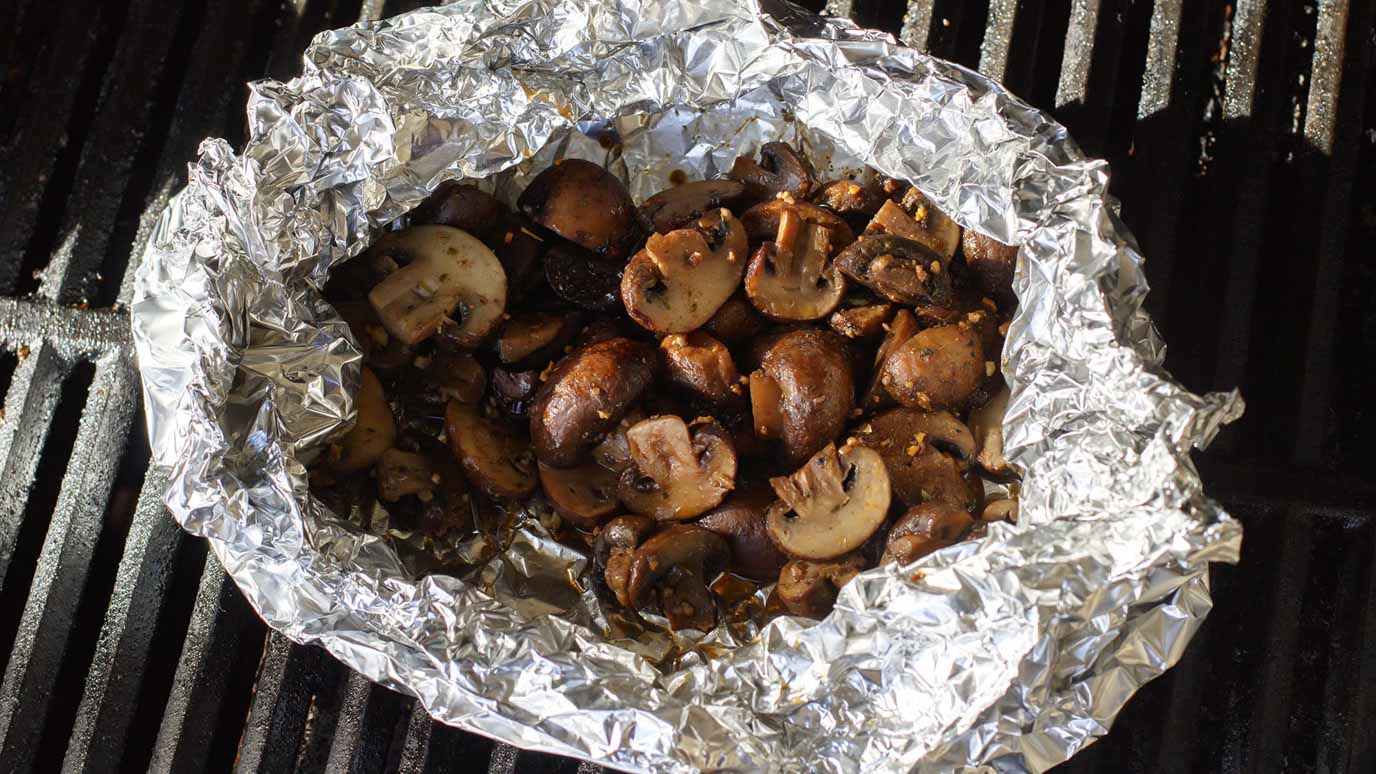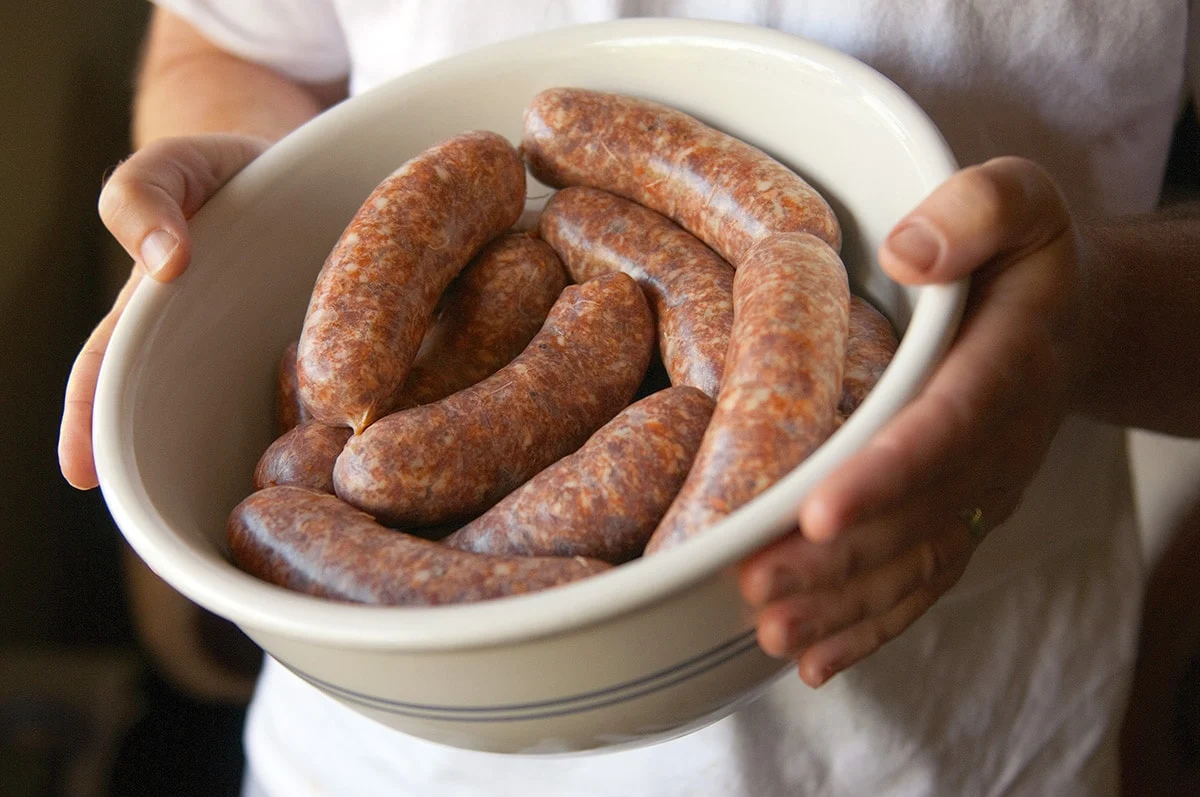Mastering the Art of Cooking a Steak Blue Rare
Calling all steak enthusiasts! Are you one of those who appreciate the mouthwatering tenderness of a perfectly cooked steak? If so, then you’re in for a treat as we unveil the secrets to cooking a steak blue rare, the epitome of culinary perfection. Get ready to impress your taste buds and amaze your dinner guests with this delectable dish!
What is Blue Rare?
Before diving into the cooking process, let’s first understand the concept of blue rare. Blue rare is an extremely rare cooking technique that results in a steak being seared quickly on high heat, leaving the center cool, almost raw, and incredibly tender. This style of cooking maintains the integrity of the meat while bringing out its natural flavors.
Now that we have a clear understanding of what blue rare means, let’s move on to the step-by-step process of cooking a steak using this technique:
1. Choose the Right Steak
The key to a successful blue rare steak starts with selecting the right cut. Look for cuts that have a good amount of marbling, such as ribeye or filet mignon. These cuts tend to be more tender and juicier, enhancing the overall flavor of the dish.
2. Preparing the Steak
Before you start cooking, ensure that the steak is brought to room temperature. This allows for even cooking throughout the meat. Season the steak generously with salt and pepper, or your favorite steak seasoning, enhancing the flavors as the steak cooks.
3. Preheat and Sear
For cooking a steak blue rare, high heat is essential. Preheat a cast-iron skillet or a grill to a scorching hot temperature. Once the pan or grill is hot enough, carefully place the steak on it.
Remember: The searing process should be quick, usually around 1 minute per side. This high-temperature sear creates a delicious crust on the surface while preserving the rawness inside.
4. Rest the Steak
Once the steak is seared to perfection, remove it from the heat and let it rest for a few minutes. Allow the juices to redistribute throughout the meat, resulting in a more flavorful and tender steak.
5. Slice and Serve
When the steak has rested adequately, it’s time to slice and serve it to tantalize your taste buds. Slice the steak against the grain, creating thin and mouthwatering pieces that showcase the juicy interior. Pair your blue rare steak with some roasted potatoes, a fresh salad, or your favorite side dish for a well-rounded meal.
There you have it! With these simple steps, you can master the art of cooking a steak blue rare. The tenderness, the juiciness, and the burst of flavors will surely impress both yourself and anyone you share this exquisite dish with. So, grab your apron, fire up your grill, and embark on a culinary journey like no other.
More Delicious Blue Rare Steak Recipes to Try
Now that you've mastered the art of cooking a steak blue rare, it's time to apply this skill across a variety of gourmet recipes. Venture into the rich flavors of Explore the Vibrant Flavors of Chimichurri, a vibrant and herbaceous choice for those who appreciate a fresh, zesty topping on their succulent steak. For a more classic pairing, the Indulge in the Richness of Garlic Butter offers a sumptuous combination of buttery richness with the intense flavor of blue rare ribeye. If you're in the mood for something truly elegant, the Savor the Elegance of Red Wine Reduction provides a sophisticated taste experience, where the delicate filet mignon meets a deep, flavorful wine sauce. Each recipe utilizes the blue rare cooking technique to enhance the natural flavors of the meat, making them must-try dishes for any culinary enthusiast looking to impress at their next dinner party.
Was this page helpful?
Read Next: How To Cook Ground Chicken In Air Fryer
